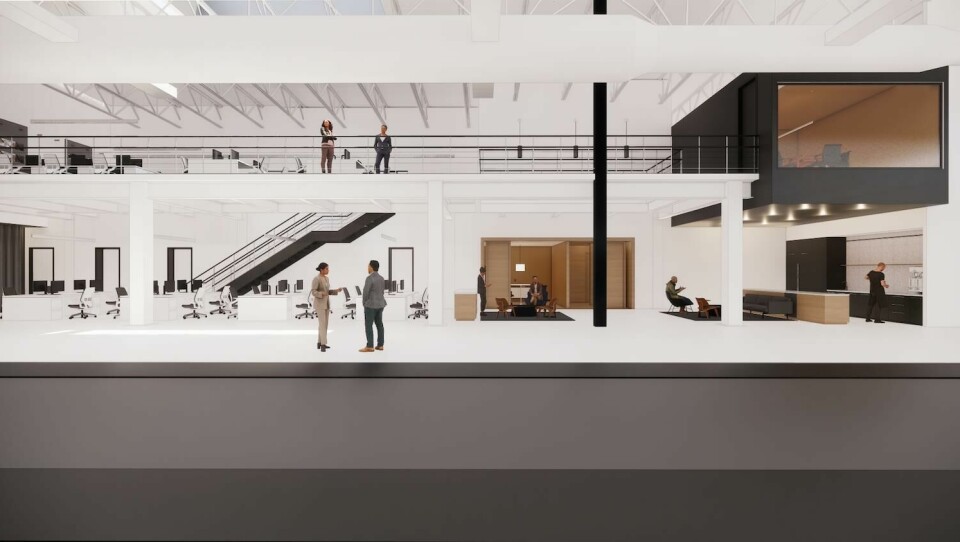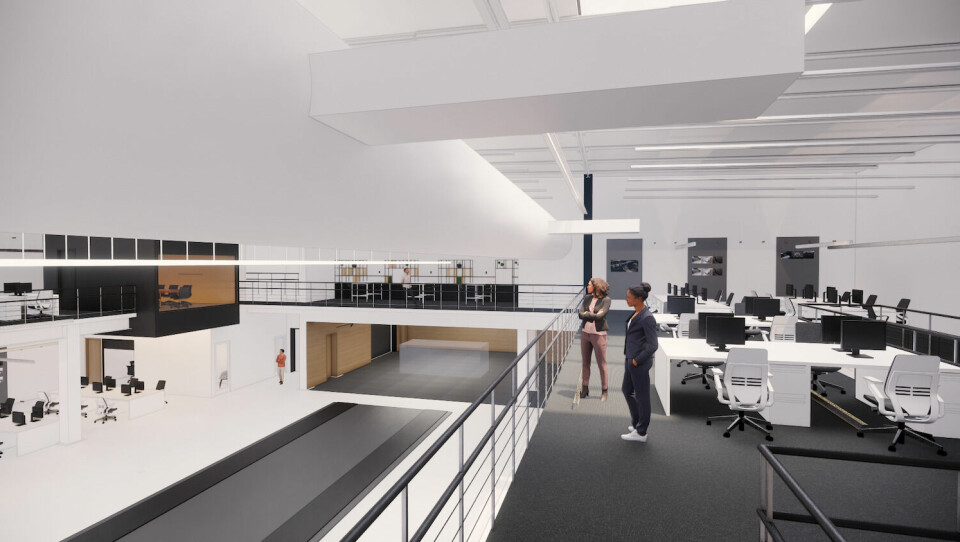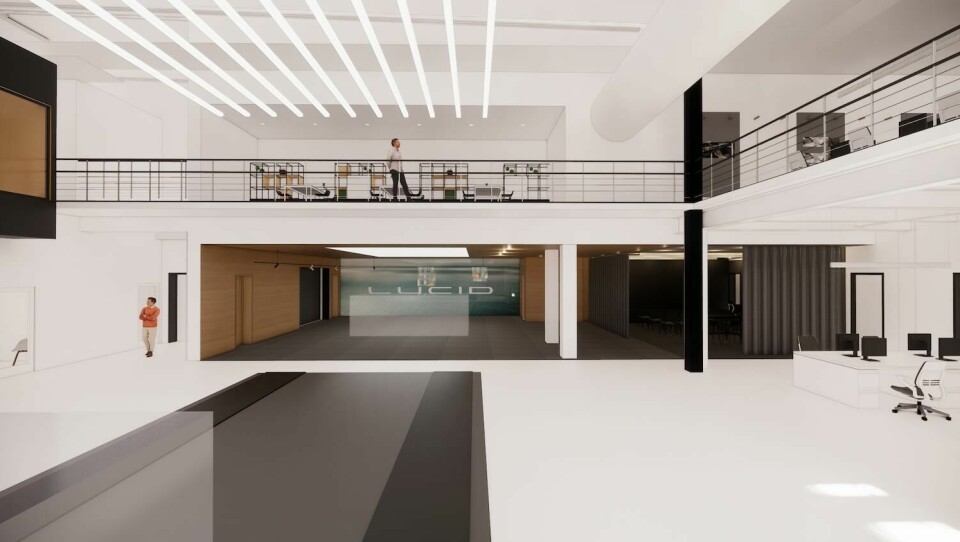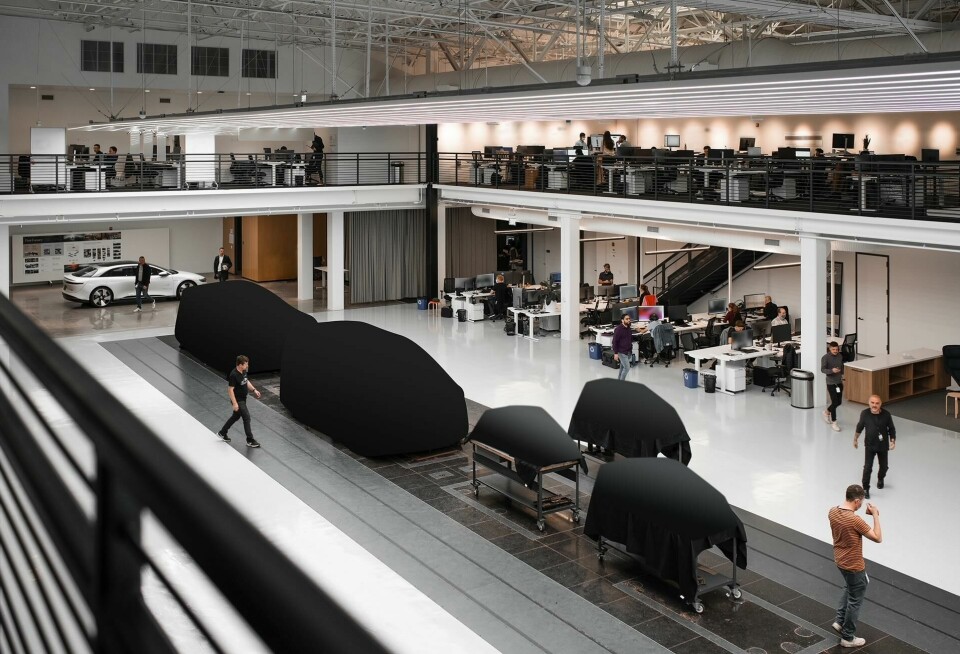
Exclusive: CDN Tours Lucid's New Design Studio
Car Design News’ North America correspondent Laura Burstein is the first non-Lucid employee inside the new Silicon Valley space, which encompasses more than just designing cars. Read on for the lowdown
It’s been a long time coming for Lucid design director Derek Jenkins and team: a permanent space to call home. For nearly seven years, designers worked out of makeshift digs in various locations as they toiled to bring CEO Peter Rawlinson’s vision of a California-born, luxury EV to life.
“We moved five times. The teams were all spread out and nothing was centralised,” explains Jenkins. “In our original location the steel plate was above ground so we had to step up on remote stanchions just to see the car at eye level. We never had a power wall or special tools. It was very much a startup scenario. You could still do the work, but getting a proper space to work in was a big milestone for us.”
The new 44,000 square-foot studio, at Lucid’s headquarters in Newark, California, was built within a large warehouse area in the building that also houses the company’s retail boutique and service bays. Jenkins and his team worked with San Francisco-based architecture firm Gensler — which also helped to design Lucid’s Beverly Hills flagship showroom — on the buildout, which started in early 2021 and was finished in January of this year.
Decorated cleanly with white soundproof walls, frosted glass, and blonde wood, the space boasts an open mezzanine and a proper steel plate, along with a 3D print lab, full paint facility, and 5-axis gantry mill. Smaller rooms that house an 18-foot power wall and other tools can be closed off with partitions for privacy or opened up to create an open plan space. “It’s not meant to be an architectural masterpiece, it’s meant to be a collaborative working space,” Jenkins says.
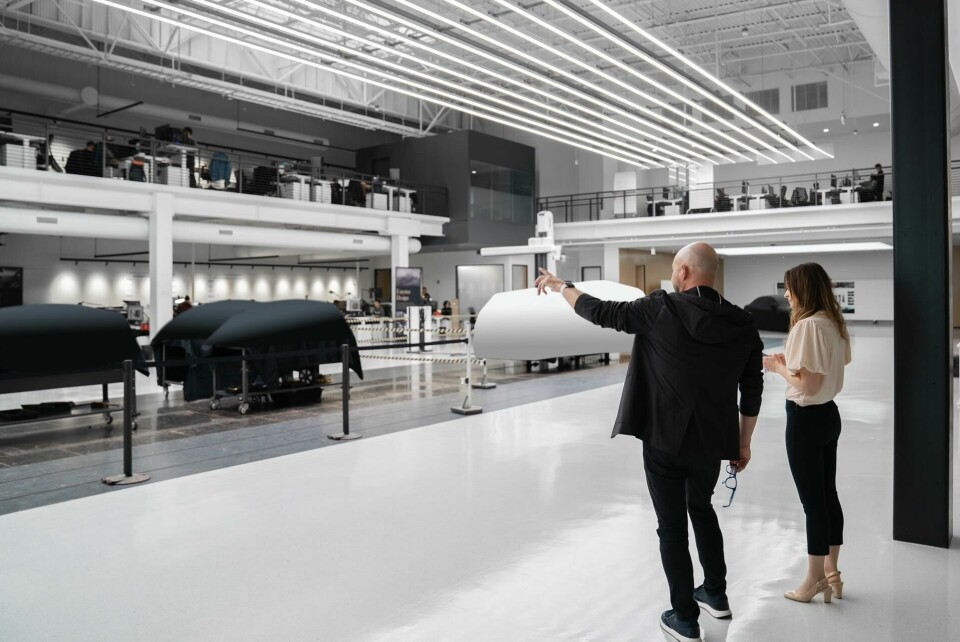
The studio houses all 130 members of Jenkin’s team, including exterior, interior, CMF, modellers, and two UX labs — as well as 45 feasibility and engineering staff. “All of this we’ve conceived to facilitate collaboration,” Jenkins says. “We knew from day one this would be a shared space between design and engineering.” The aerodynamics team sits next to the CAD team, for example, so with everyone physically in the same space, Jenkins says the feedback loop is fast and efficient. “I love this idea that I can come into the studio and go and see anyone or anything in a matter of three of four minutes.
All my best experiences in the past were in studios where everyone was either on one floor or in one space that was within shouting distance. We’ll do development here, it gets tossed over to the aero guys, and then tossed upstairs to the packaging and body-in-white team. So it’s this constant looping and then we’ll mill the clay model for validation, and the loops continue. We are in a stage as a company where we’re working on two vehicles max at any given time, so we’re small enough where this is manageable and I believe that is to our advantage, to move quickly, to be naturally integrated. And this space is representative of that philosophy.”
The in-house brand team produces their own television commercials, creates company-branded apparel, and has significant input in creating Lucid’s retail boutiques
Many companies claim to be design-led, but Lucid is unique in that it has a dedicated brand team that falls under the direction of Jenkins, who understands that design reaches far beyond product. “Marketing as a group has far too much control over brand identity in car companies,” he confides. “In the past I found it really frustrating when a marketing person came in and said, ‘you don’t know the brand.’ Design is seeing things four, five, six years ahead. I always felt there was this massive gap between the marketing teams and the design teams.”
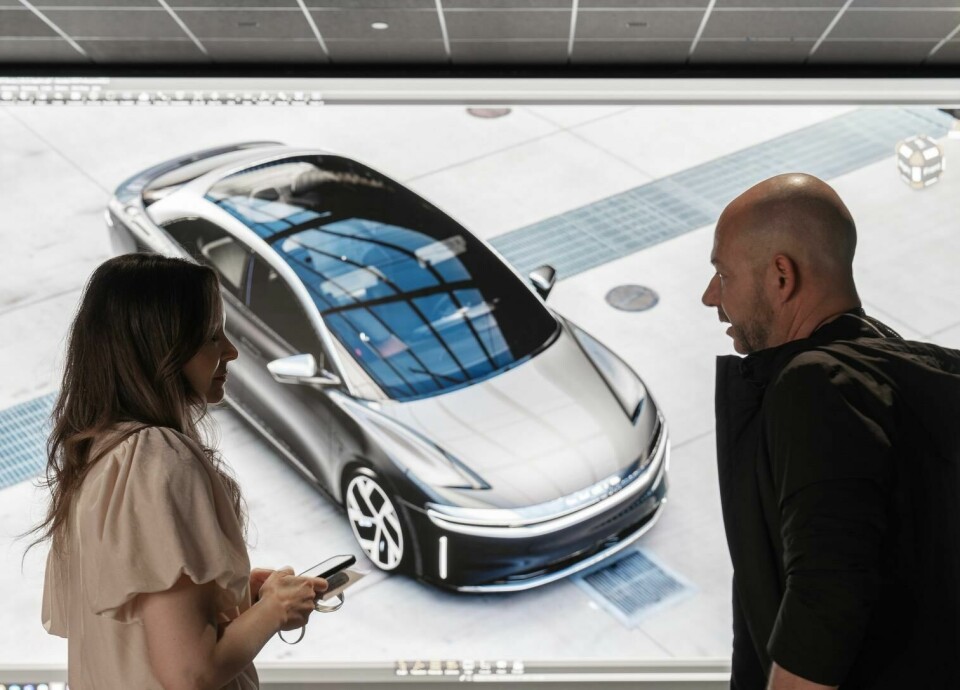
Not so at Lucid. Among other things, the in-house brand team produces their own television commercials, creates company-branded apparel, and has significant input in creating Lucid’s retail boutiques. “We do work with outside consultants, but the ideal thing would be to keep 95 percent [of our branding work] in house,” Jenkins tells us.
“Our specialty is the tonality of the brand. We are not an advertising agency.” When we visited, Jenkins and team had recently met with @Aroma, a Tokyo-based company that creates bespoke scents from natural essential oils, to explore the idea of a custom fragrance for its retail stores. “We put so much effort into the retail spaces to make them feel more like a luxury boutique and less like a sales floor,” he explained.
Digital tools are awesome and they accelerate things and give us time to try things, but we’re here to make physical objects in a physical world, not look at stuff on screens
Despite the pandemic, Jenkins says meeting in person has been a key factor in staying cohesive and efficient. About 80 percent of the team was back to the studio this time last year, with the entire team returning in person since last October. “By in large, there is a mandate in the company about being in person, face to face, reviewing, solving problems together,” he says. “It’s really hard to beat that.” That said, there was a time, as with every other studio, that they were forced to adapt and work more remotely.
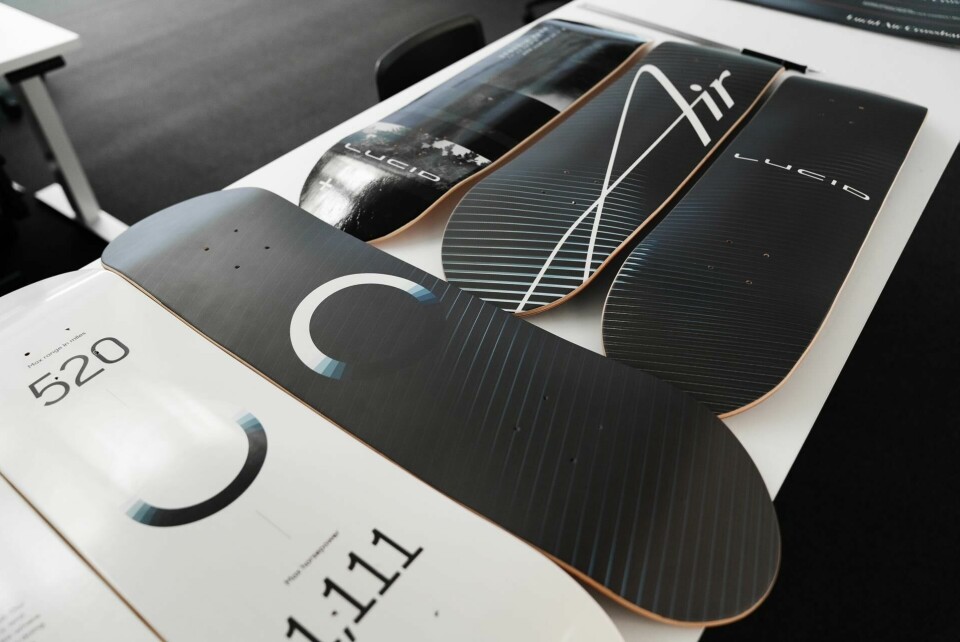
“The truth is, COVID did impact us like everyone else. There’s a batch of COVID-era cars that are coming – cars that were designed super virtually, with very little clay modelling. Will we be able to tell the difference? Will they be hyper-digital? I think some will. It’s a real test. Digital tools are awesome and they accelerate things and give us time to try things, but we’re here to make physical objects in a physical world, not look at stuff on screens.”
Although the design team is now entirely centralised in Silicon Valley, Jenkins says he’d eventually like to expand to satellite locations. “I’d like to see something in LA, and we have some engineering staff in Europe, so long-term who knows. We have to see how we grow and what makes sense.”
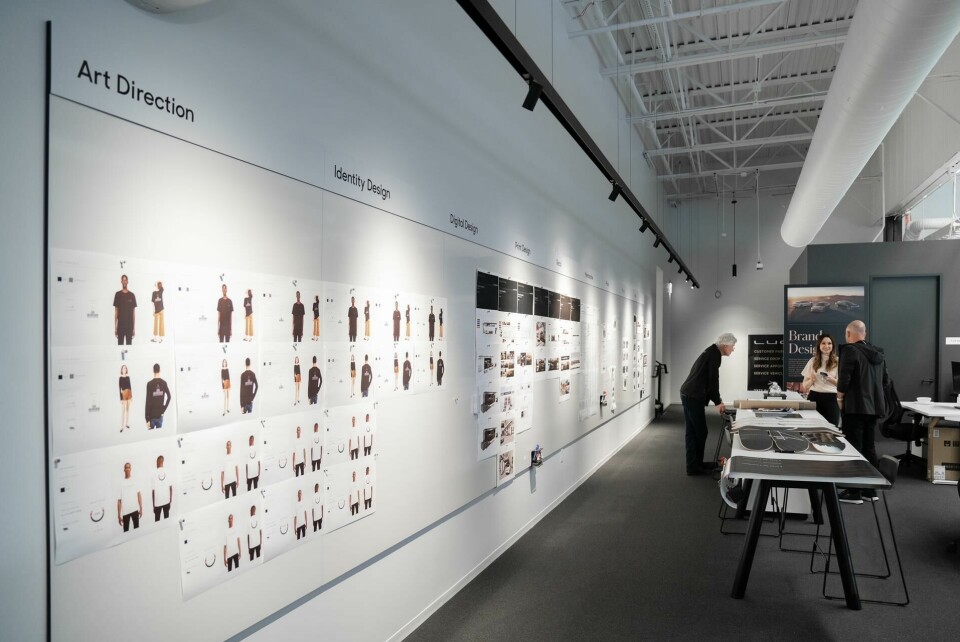
For now, Jenkins and team are breathing a sign of relief to have a real, permanent home where they can continue the work they started seven years ago. “The first week we were in this space, I said I forgot what it was like to have all the current tools,” Jenkins remembers. “I know there’s a lot more impressive studios in the world, but for what we’re doing, it’s really ideal.”
